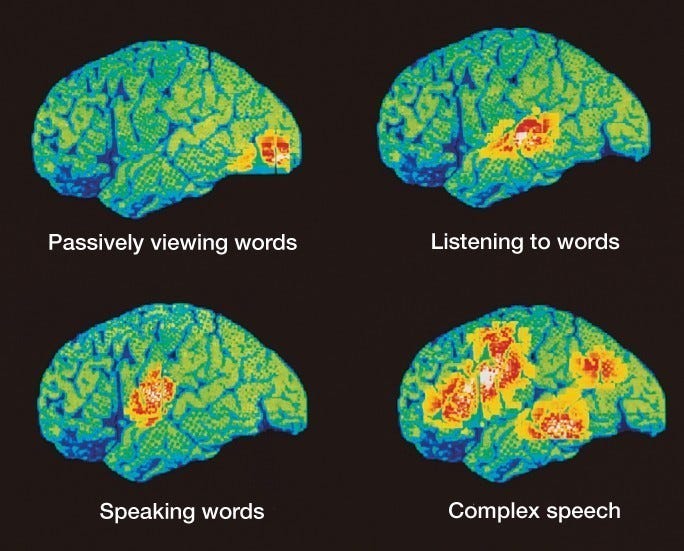Last time we finished on synapses and today we are going to finish our introduction to neuroscience. You see, all this is just the tip of the iceberg. The whole idea of the series is to learn at least something about our “neural network” so that we can draw inspiration from it and maybe even recreate it.
So today you’ll learn about different kinds of neurotransmitters, regulations in our bodies, experiments on frogs, and axon’s ability to regrow.
Let’s begin.
Neurotransmitters
Neurotransmitters are chemical messengers that transmit a message from a nerve cell across the synapse to a target cell. The target can be another nerve cell, or a muscle cell, or a gland cell (a group of cells that synthesizes substances). They are chemicals made by the nerve cell specifically to transmit the message. _Neurotransmitters _can be peptides but they’re largely amino-acids or nucleotides. And there can be many types of _neurotransmitters _per single synapse.
In the previous article, we said that there are excitatory and inhibitory synapses but synapses are defined by the neurotransmitters they produce. And so there are excitatory and inhibitory neurotransmitters.
Examples of excitatory neurotransmitters are glutamate (involved in being alert) and adenine (involved in being sleepy). And, for instance, one of the things that caffeine does is counteracts the effects of adenine.
As for _inhibitory ones, _there are, for example, **GABA **(gamma-aminobutyric acid) and **glycine **which are the two major central neural system neurotransmitters. _GABA, _among other functions, is an anti-anxiety _neurotransmitter _and so increased GABA activity can have a sedative effect. And_glycine _participates in the processing of motor and sensory information that permits movement, vision, and audition.
There are also _neurotransmitters _that** both excitatory and inhibitory**. Such as acetylcholine, which is involved in neuromuscular connection and also found in the central neural system, serotonin and dopamine, which both kinda make you feel good, we will talk about dopamine in the next article.
You may already have guessed but I’ll note it explicitly, neurotransmitters move the _action potential _of neurons. Inhibitory ones bring the action potential value (I really can’t stop thinking about it in math terms) away from the firing threshold and excitatory vice versa.
#brain #machine-learning #neuroscience #neural-networks
